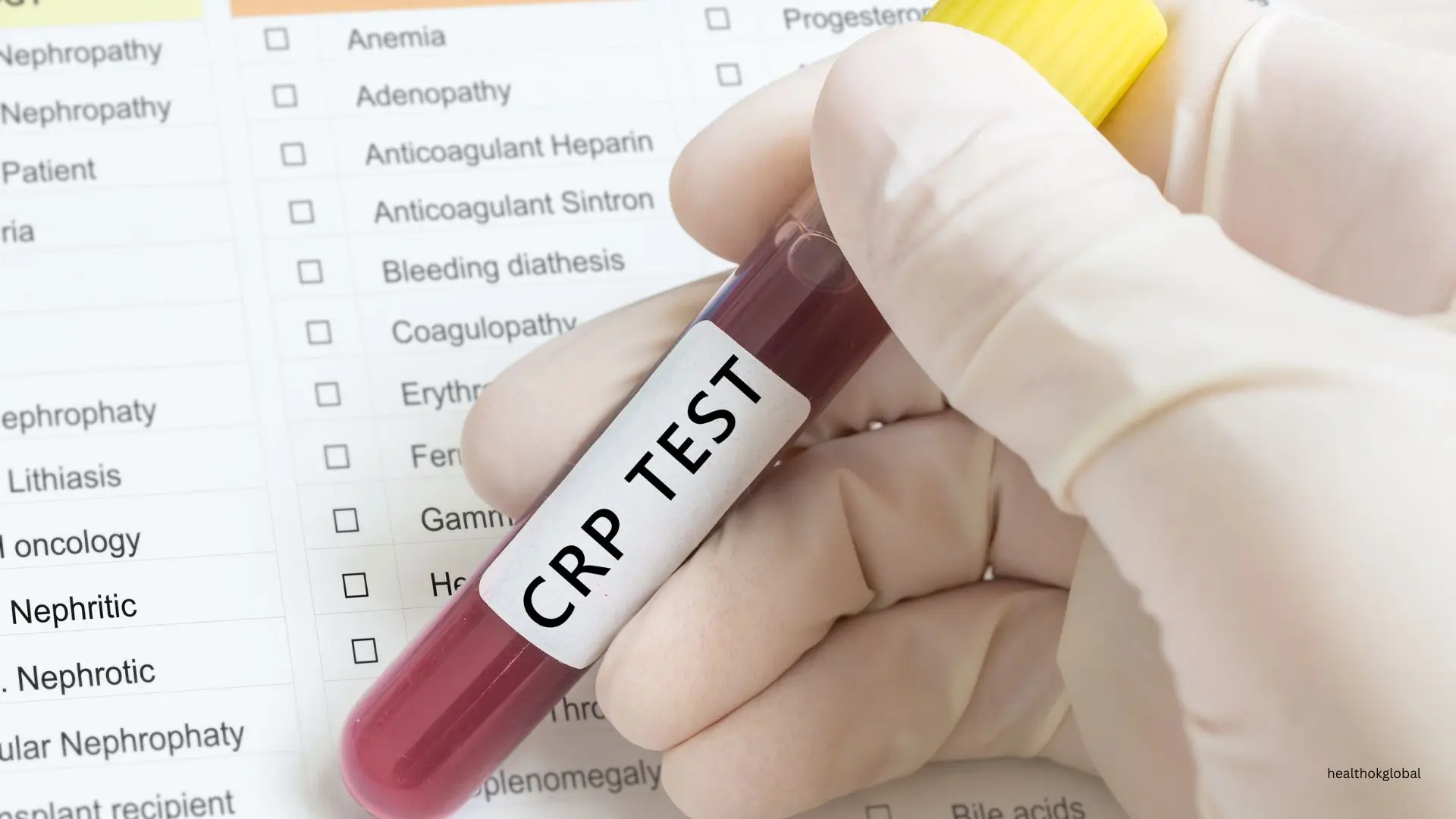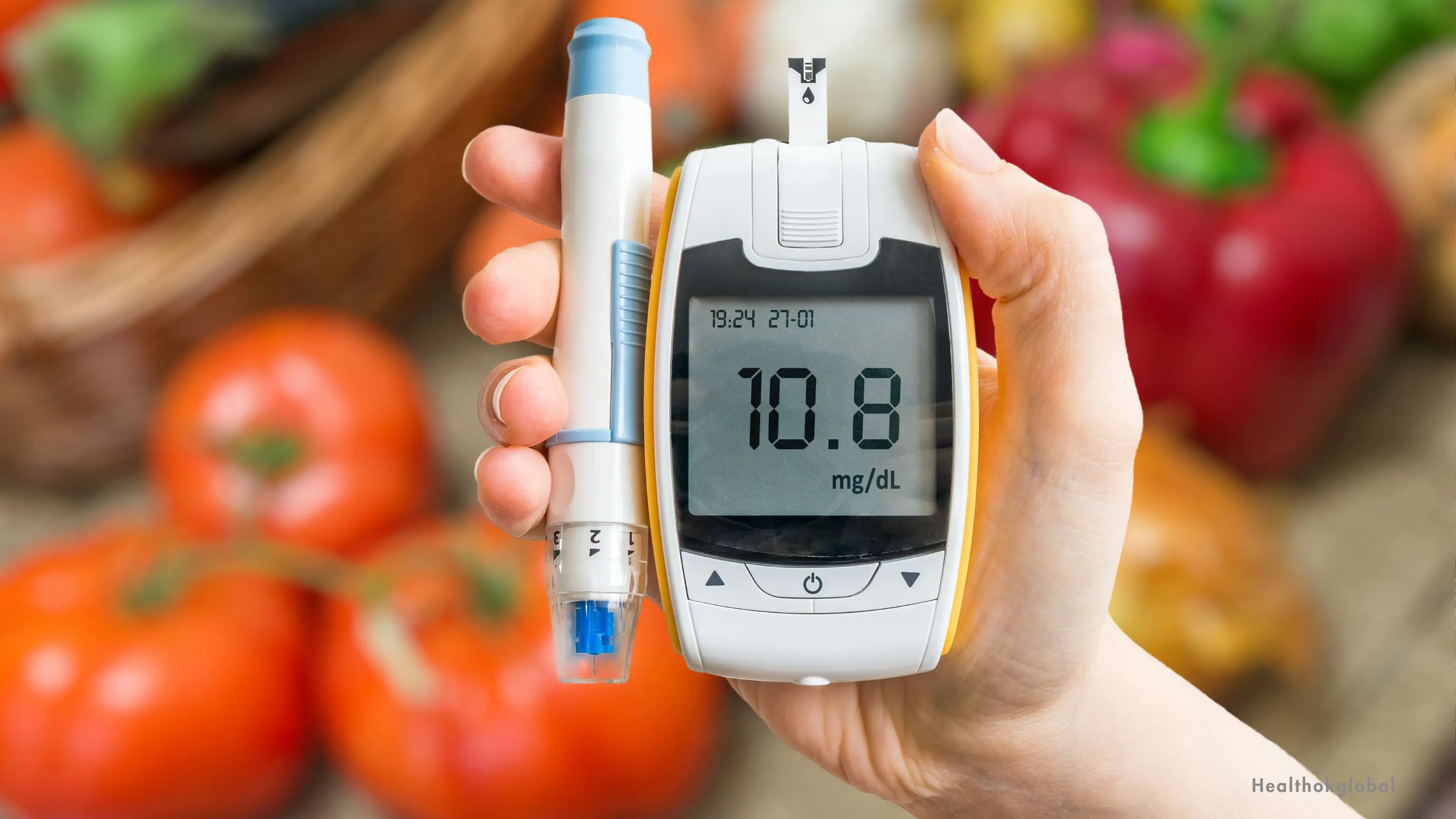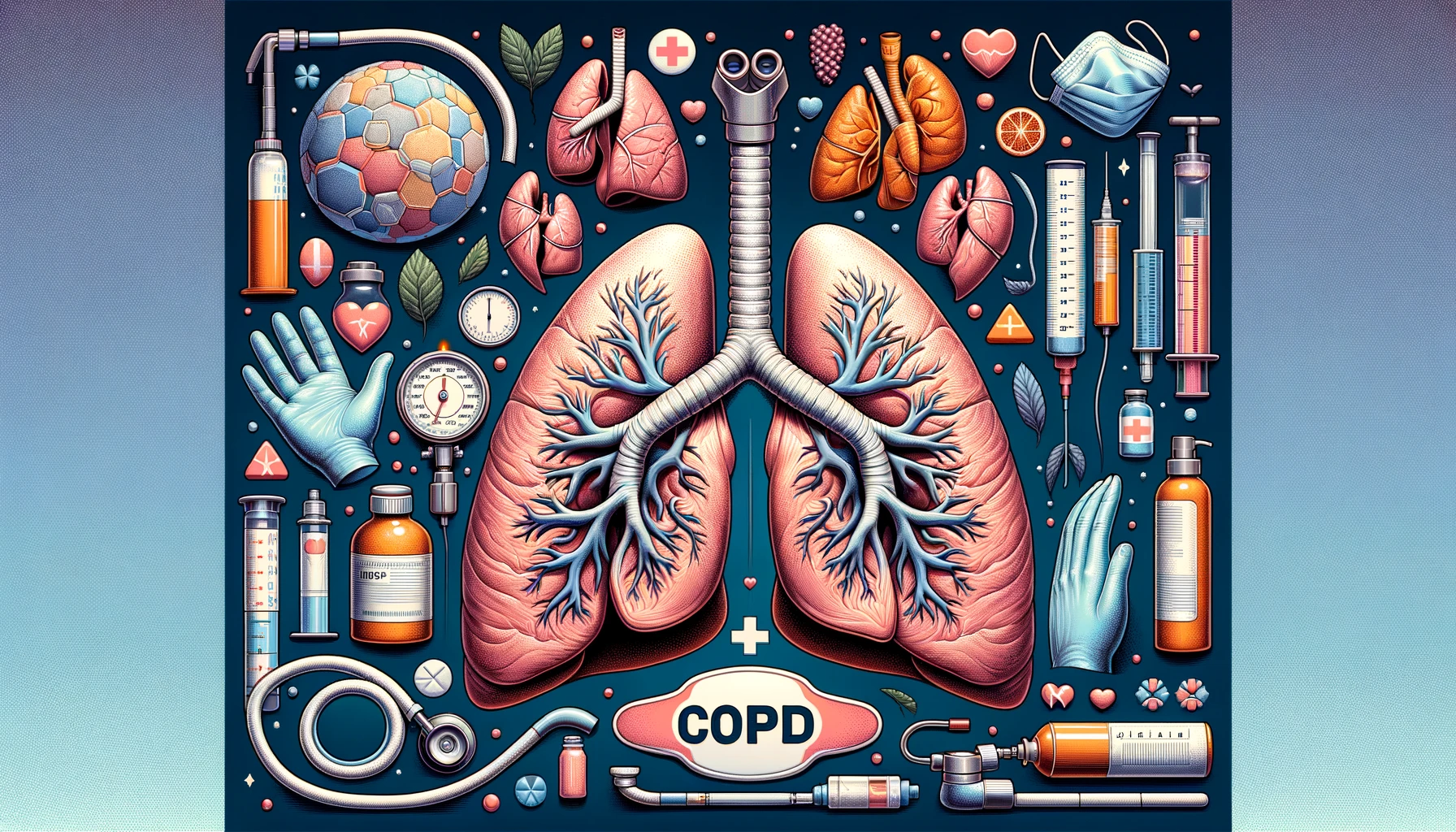C-reactive protein (CRP) is an important biomarker in the diagnosis and management of COVID pneumonia.

Blog
CRP in COVID Pneumonia: Diagnostic and Prognostic Value
C-reactive protein (CRP) is an important biomarker in the diagnosis and management of COVID pneumonia. Elevated CRP levels are associated with inflammation and infection, making it a valuable indicator of disease severity in COVID-19 patients. This guide explores the role of CRP in COVID pneumonia, its diagnostic and prognostic value, and its implications for patient care.
C-reactive protein (CRP) is a substance produced by the liver in response to inflammation. It is a part of the body's acute phase response to infection, injury, or other inflammatory conditions. CRP levels in the blood rise rapidly in response to acute inflammation, making it a useful marker for detecting and monitoring inflammatory diseases.
In COVID-19, elevated CRP levels are commonly observed and are associated with disease severity. CRP is an acute phase reactant that increases in response to the release of pro-inflammatory cytokines, such as interleukin-6 (IL-6), during the infection. The level of CRP correlates with the degree of inflammation and tissue damage, making it a valuable marker for assessing the severity of COVID pneumonia.
CRP is widely used as a diagnostic marker in COVID pneumonia due to its rapid response to inflammation. Key diagnostic uses of CRP in COVID pneumonia include:
Elevated CRP levels can indicate the presence of inflammation and infection early in the course of COVID-19, aiding in timely diagnosis and intervention.
High CRP levels are associated with severe COVID pneumonia, providing valuable information for determining the need for hospitalization and intensive care.
Serial measurement of CRP levels can help monitor the response to treatment and detect any worsening of the disease.
CRP levels also have prognostic value in COVID pneumonia, providing important information about the likely outcome of the disease. Key prognostic uses of CRP in COVID pneumonia include:
Persistently high or rising CRP levels can indicate a poor prognosis and the likelihood of disease progression to severe or critical stages.
Elevated CRP levels can help identify complications such as acute respiratory distress syndrome (ARDS) and secondary bacterial infections.
CRP levels can assist healthcare providers in making informed clinical decisions regarding the need for advanced therapies and interventions.
Understanding the role of CRP in COVID pneumonia has important implications for patient care. Key considerations include:
Monitoring CRP levels can aid in the early detection of COVID pneumonia and prompt initiation of appropriate treatment.
CRP levels can help tailor treatment plans to the individual needs of patients, ensuring that those with severe disease receive the necessary care.
By providing valuable information about disease severity and prognosis, CRP monitoring can contribute to better patient outcomes and reduced mortality.
Despite its usefulness, there are challenges in using CRP as a biomarker. Factors that can affect CRP levels include age, sex, and pre-existing conditions such as chronic inflammatory diseases. Additionally, the timing of CRP measurement in relation to the onset of symptoms can influence the results. Understanding these variables is crucial for accurate interpretation of CRP levels.
CRP is one of several biomarkers used in the management of COVID pneumonia. Other biomarkers include ferritin, D-dimer, and lactate dehydrogenase (LDH). Each biomarker provides different information about the disease state and progression. Comparing CRP with these biomarkers can offer a more comprehensive understanding of the patient's condition and guide treatment decisions.
Future research on CRP in COVID pneumonia aims to further elucidate its role and optimize its use in clinical practice. Ongoing studies are exploring the relationship between CRP levels and specific complications, as well as the potential for CRP to guide targeted therapies. Improved understanding of CRP dynamics in COVID pneumonia could enhance patient management and outcomes.
CRP is a valuable biomarker in the diagnosis and management of COVID pneumonia. Elevated CRP levels are associated with disease severity and can provide important diagnostic and prognostic information. Monitoring CRP levels can aid in early detection, assess disease severity, predict outcomes, and guide clinical decisions. Understanding the role of CRP in COVID pneumonia is crucial for improving patient care and outcomes.
HealthOK Global's dedicated care team provides essential healthcare assistance for the elderly in India, ensuring they receive comprehensive support in the comfort of their homes. From routine medical check-ups and medication management to personalized nursing care and emergency response services, our expert caregivers are committed to enhancing the quality of life for seniors. With our FREE 24 x 7 Healthcare Helpline, you can reach us anytime at +91-8047190955 (India) or +1-888-462-1804 (USA) to ensure your loved ones receive the best possible care.
C-reactive protein (CRP) is a substance produced by the liver in response to inflammation. It is a part of the body's acute phase response to infection, injury, or other inflammatory conditions. CRP levels in the blood rise rapidly in response to acute inflammation, making it a useful marker for detecting and monitoring inflammatory diseases.
In COVID-19, elevated CRP levels are commonly observed and are associated with disease severity. CRP is an acute phase reactant that increases in response to the release of pro-inflammatory cytokines, such as interleukin-6 (IL-6), during the infection. The level of CRP correlates with the degree of inflammation and tissue damage, making it a valuable marker for assessing the severity of COVID pneumonia.
Despite its usefulness, there are challenges in using CRP as a biomarker. Factors that can affect CRP levels include age, sex, and pre-existing conditions such as chronic inflammatory diseases. Additionally, the timing of CRP measurement in relation to the onset of symptoms can influence the results. Understanding these variables is crucial for accurate interpretation of CRP levels.
Need Personalized Health Guidance?
Get expert advice tailored to your specific health needs from our qualified healthcare professionals.





